One of the forces for change in specialty coffee has been the proliferation of formal competition, with winners emerging each year from around the world. Featured in Coffee Equity Lab’s Fall 2021 “Coffee Equity Conversation Series,” Glitter Cat Barista have been shifting worlds to extend this narrative by ensuring that high quality competition and training reaches marginalized hospitality professionals.
Through their no-fee competitions, participating baristas are matched with a roster of mentors to close the gaps that BIPOC, LGBTQIA+, neurodivergent and disabled persons often experience in advancing in the sector. Their approach to equipment is direct - send equipment to the homes of participating baristas.
In this interview, Eric Grimm outlines the starting point for Glitter Cat, explaining how the first four years have evolved and what structural changes can be made to ensure that job quality in coffee is maintained. A must-read for coffee owners looking to put intentions into action.
What was the starting point for Glitter Cat?
Veronica started Glitter Cat in 2018 after taking 2nd in the United States Barista Championship. It initially began as a training program to increase representation of marginalized communities in the United States Coffee Championships. In our first two years, 50 people went through training programs to compete in Barista, Brewers, Roasters, and Coffee in Good Spirits, and we ultimately had 22 national qualifiers in those competitions.
How has its current form evolved in unforeseen ways?
Because of the pandemic, we had to shift in our programming and ultimately, we've been very happy with this change. We created our own at-home competition, the DiGiTiTiON, which has had sixty competitors and won the first Sprudgie for Notable Coffee Event. By doing our own competition on our own terms, we have been better able to highlight the incredible talents of marginalized coffee professionals and enthusiasts while breaking down the barriers of hospitality and professionalism. We have also been working on an HR program for the past two years to help small businesses develop policies and handbooks aimed at better care for hourly coffee workers.
Providing equipment to baristas is a large part of the provision. How can employers and equipment providers better equip emerging baristas?
Great employers see beyond their employees' time with their companies. When you usher in a new generation of baristas, you open their eyes to so many possibilities in a fast growing industry. Fostering their curiosity is essential not only to growing your own business, but contributing to your professional community. Getchusomegear has done a particularly good job of getting home brewing equipment into the hands of marginalized hourly coffee workers and their rallying cry remains consistent: it is a small investment for coffee company owners to outfit their workers with coffee equipment and the benefits far outweigh the financial costs.
When looking at the coffee industry broadly, which parts of the supply chain are in greatest need of attention?
All of them! Climate change is due to drastically change the way that coffee is produced and sold. Price volatility makes coffee production unsustainable for the next generation of coffee producers. Hourly coffee workers are expected to train rigorously to roast, pack, and prepare coffee for less than a living wage. Once the consumer has gotten their coffee, it has passed through many exploited hands, which is why, in the past five years particularly, we've seen so many nonprofits and other initiatives emerge to address these issues. Those who love coffee, need to familiarize themselves with the totality of issues along the supply chain and promote the work of those working to change them.
If coffee shop owners and HR managers are trying to improve barista jobs at their company, what immediate actions can they take?
Written policies and values are so often missing in small coffee businesses because there's no universal guidebook for setting these things up. Having a handbook is crucial not only to setting workplace expectations, but for having a measure of internal accountability for business owners and administrators. You can have the best intentions in the world and hold the most admirable views, but if you don't put them into practice, you're missing out on an opportunity to better the lives of some of the most important ambassadors for your business. Owners and HR managers need to do a lot of soul searching and determine what kind of business they'd like to run. If it's one that pays a living wage, then they're going to have to get very creative and think beyond the way that things have always been done to build a better business and one that shines as an influence for other coffee businesses. There's no one size fits all here. It's dependent on geography and the communities you're serving. But these issues are being discussed in so many forums, and it's essential to pay attention to what's being said by experts ranging from economists to baristas.
Looking ahead to 2025, how would you describe a healthy state for the coffee sector?
Right now, specifically as it relates to our work in HR, we hope to see the coffee labor movement continuing to gain traction and to see far less resistance from business owners. The work of so many incredible and brave organizers, including the Collectivo Collective, Slow Bloom Coffee Cooperative, and now Starbucks Workers United are blazing the trail for hourly coffee workers to be empowered and set their own terms as essential workers. Good news is generally hard to come by and every time a new union successfully forms, I feel a whole lot of hope for a brighter retail coffee future.
Find out more about Glitter Cat at glittercatbarista.com

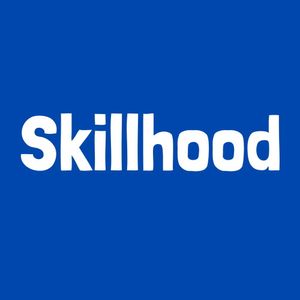
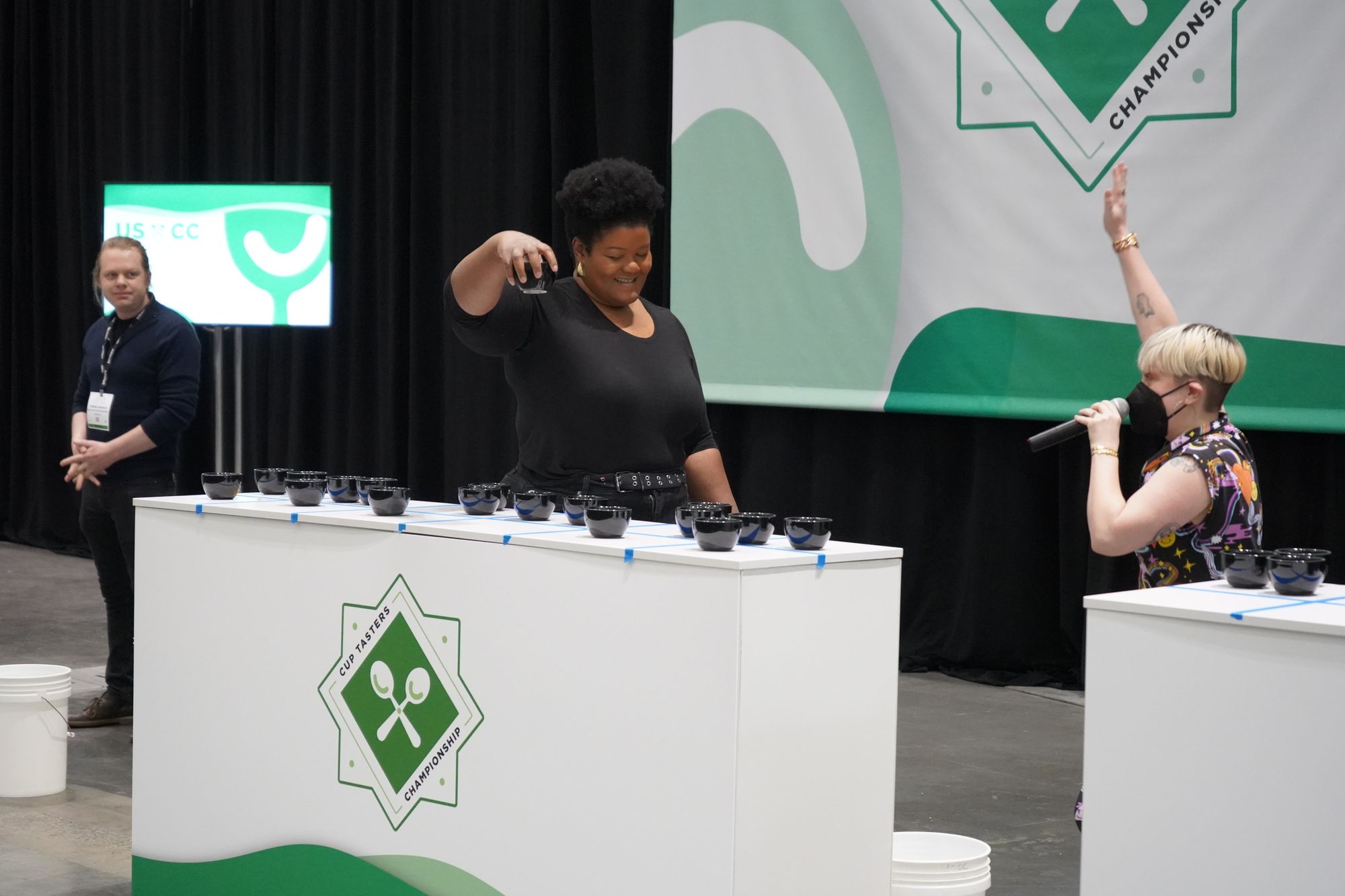
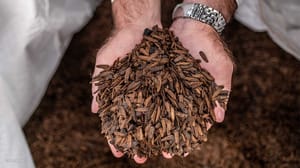
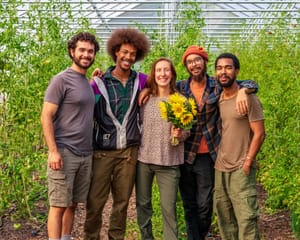

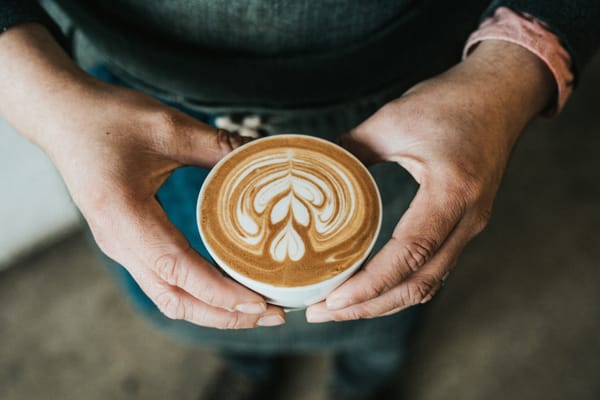
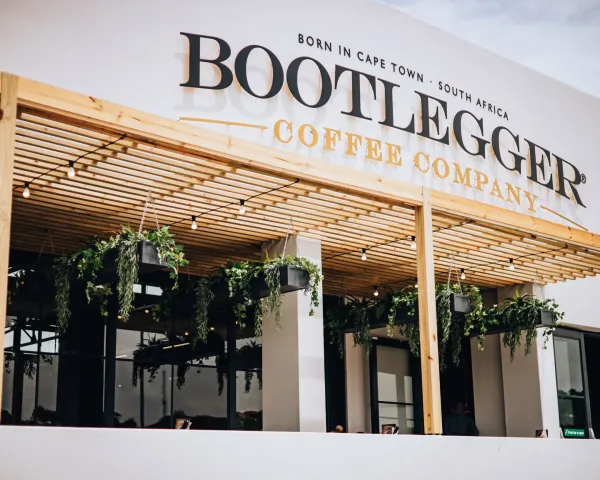
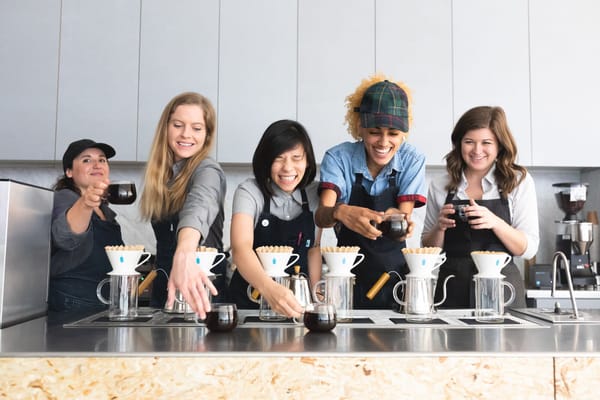
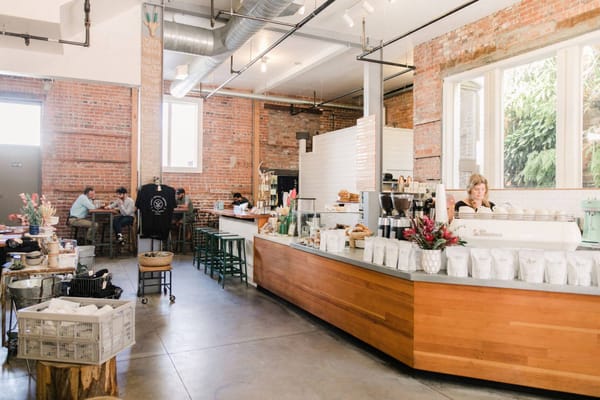
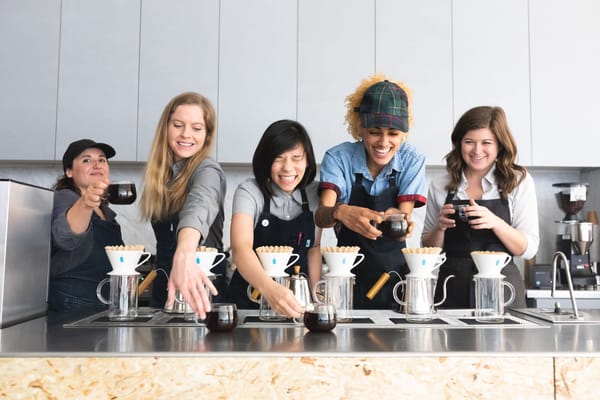
Member discussion